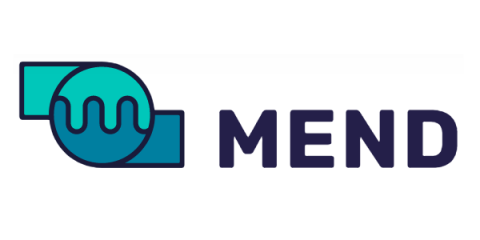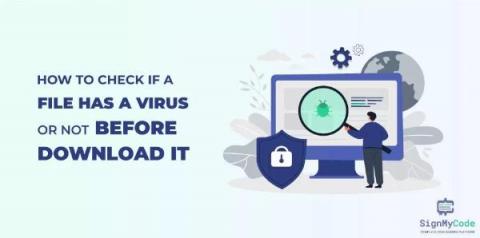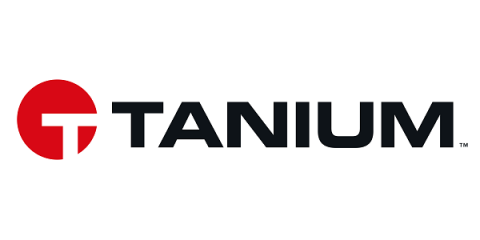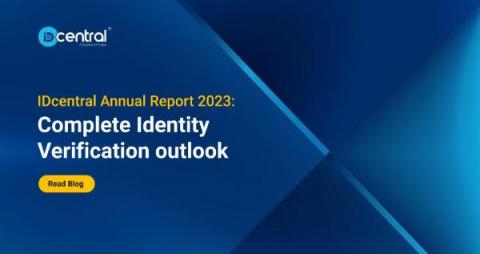How to Make a Case for Buying SCA
The ongoing rise in open source vulnerabilities and software supply chain attacks poses a significant risk, and it will only increase. According to the Mend Open Source Risk Report, modern security best practices such as software composition analysis (SCA) are vital for stemming the rising tide of open source vulnerabilities in applications and software.











